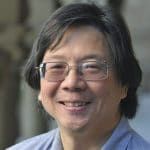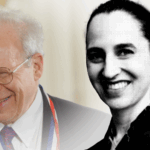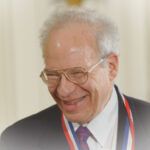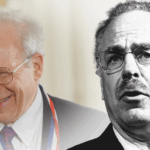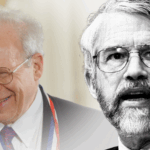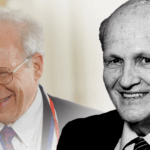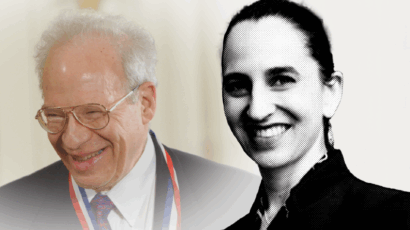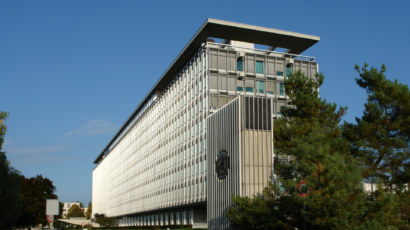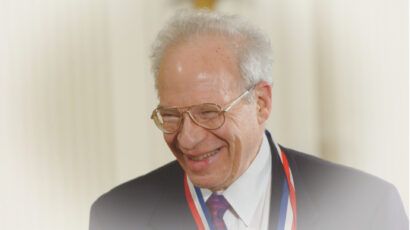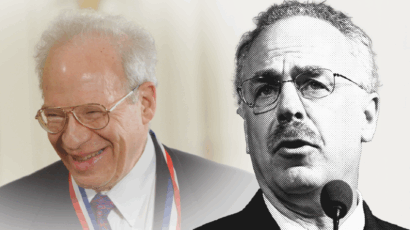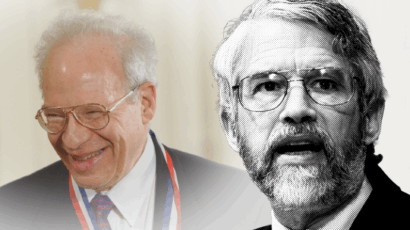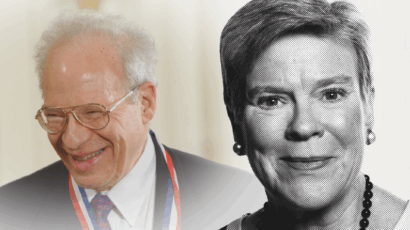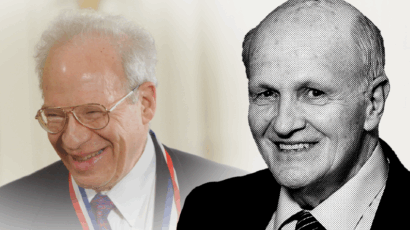Dick Garwin: a polymath physicist, strategic thinker, and gifted communicator
By Herbert Lin | May 26, 2025
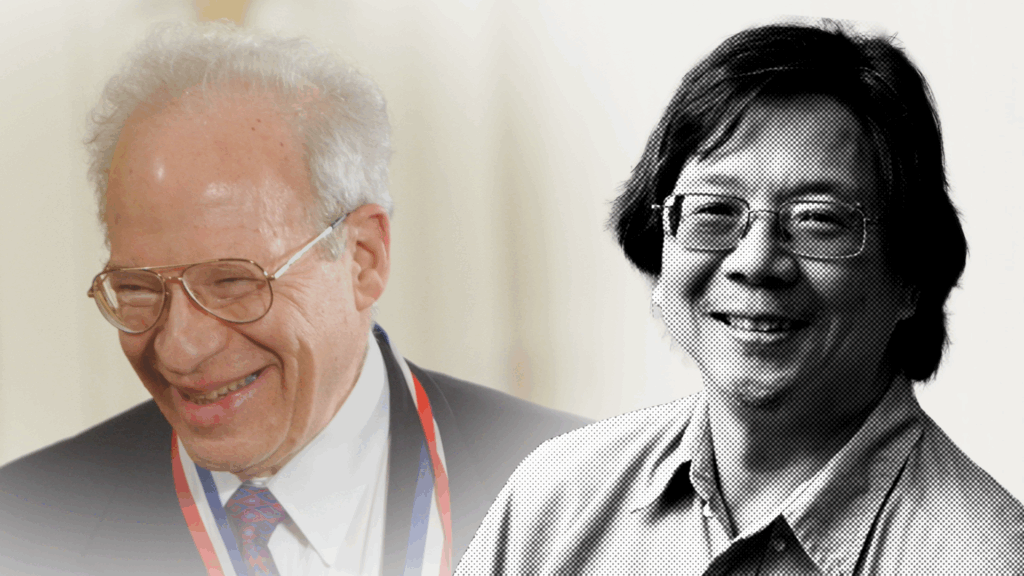
Editor’s note: This essay is part of a collection of appreciations of Dick Garwin.
Among many honors and accolades, Dick Garwin received the Presidential Medal of Freedom in 2016. The citation called him a polymath physicist—an apt description—but being a polymath does not necessarily guarantee strong communication skills. Garwin, however, was also an exceptional communicator. He was in fact every bit the equal of his PhD advisor Enrico Fermi, who was renowned for his ability to explain complex scientific ideas in simple and direct ways.
Two memorable stories illustrate Garwin’s gift for explanation, both from the 1980s during the era of the Strategic Defense Initiative, also called the “Star Wars” program by its critics. Back then, Garwin had pointed out that the Soviets were likely to counter any defensive measures the United States might deploy, and that their responses had to be considered in the US designs.
To illustrate this point, Garwin described a very inexpensive, technically-sound boost-phase defense that the United States could deploy against Soviet silo-based intercontinental ballistic missiles (ICBMs): The United States would deploy a squad of ground troops equipped with .50 caliber machine guns a short distance from the door of a missile silo. When the Soviet missile exited the silo, it would be traveling slowly enough that the squad could easily shoot the missile, thereby destroying it in boost phase.
Garwin noted that the technical feasibility of this boost-phase intercept mechanism was not in doubt. However, he continued, it did rely on Soviet cooperation in allowing us to deploy such squads at every Soviet missile silo. Moreover, if the Soviets decided to launch their silo-based missiles at us, every one of those squads would be facing several tanks at their backs long before the moment of launch. The lesson Garwin drew from this thought experiment was an important, if time-honored, one: The Soviets would get a vote on any US plan. Still, Garwin’s explanation of a boost-phase defense against Soviet ICBMs underscored the point in crystal clear terms.
A second example of Garwin’s talent as a communicator was when he explained how the Soviets might subvert a mid-course defense intended to intercept US-bound warheads above the atmosphere by using decoys. The prevailing view at the time was that the Soviets would camouflage an actual warhead with several decoys that looked very similar to the real device. To resolve this problem, the scientists working on the Strategic Defense Initiative program said the United States would be able to undertake a variety of fine measurements to determine if incoming objects were real warheads or decoys, and as the Soviets made their decoys look more and more like real warheads, they risked losing the main benefit of decoys, namely low relative cost, which was required if they were to be used in large quantities.
Garwin objected. He suggested that the Soviets would attempt anti-simulation of warheads instead. To make his point, he said (I am paraphrasing now), the Soviets could indeed try to build more warhead-like decoys, that is, to disguise a king among 50 beggars dressed up to look like the king. But, Garwin continued, after the Soviets added up the cost of all the gold and ermine needed to disguise 50 beggars as kings, they would find it is much cheaper to dress the king as any one of 50 beggars. Unlike a king, who needs a standardized wardrobe to look like the one-and-only king, beggars are under no requirement to look the same every day. So, with 50 beggars all looking different, adding one more beggar to the mix (that is, the king) who looked different from all the other beggars would not single out the beggar-king for any special attention.
Garwin’s insights and analogies not only clarified the challenges of missile defense but also underscored the importance of thinking like an adversary. His legacy is not just that of a brilliant scientist, but of a communicator who could translate technical realities into vivid, actionable lessons. Garwin reminded us that in strategic matters, clarity and creativity are as essential as expertise. As the Trump administration seeks a second round of missile defense in the name of its “Golden Dome” project, Garwin’s calm voice of rationality and reason will be deeply missed.
Disclaimer: The author is a member of the Bulletin‘s Science and Security Board. His first face-to-face encounter with Dick Garwin was to fetch coffee for him, which he took as a distinct honor some 40 years ago.
Together, we make the world safer.
The Bulletin elevates expert voices above the noise. But as an independent nonprofit organization, our operations depend on the support of readers like you. Help us continue to deliver quality journalism that holds leaders accountable. Your support of our work at any level is important. In return, we promise our coverage will be understandable, influential, vigilant, solution-oriented, and fair-minded. Together we can make a difference.
Keywords: Garwin appreciations, Golden Dome, Richard Garwin, Star Wars, missile defense
Topics: Nuclear Weapons, Personal Essay
